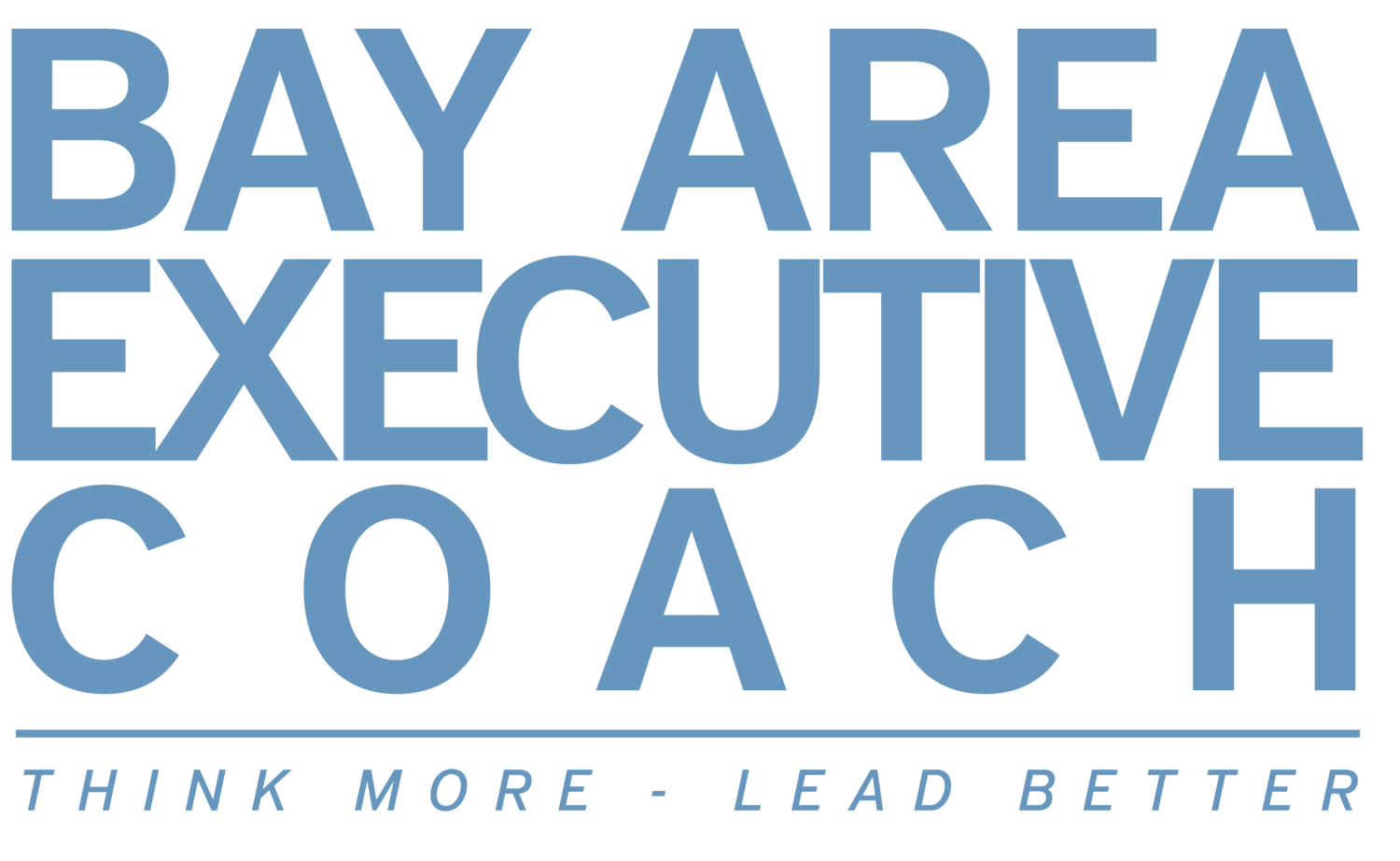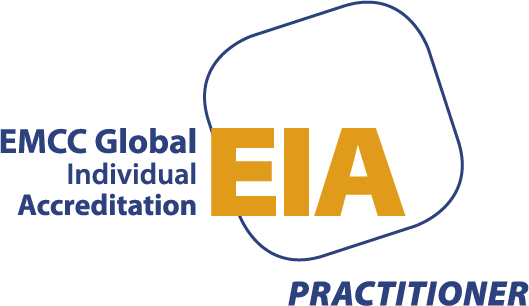In the business sense, “transparency” is the practice of being open, honest, and straightforward about various company operations. Being truly transparent demands being so no matter how challenging that might be.
Transparent companies share information relating to performance, revenues, internal processes, sourcing, pricing, and business values. When something goes wrong in business, transparent companies don’t try to hide it. Instead, they’re upfront about the issue. Transparency usually manifests itself in authentic and truthful management and open, honest, and direct communication with staff and business associates.
Transparency brings with it some important benefits for enterprises:
Business Growth: If your business is honest and straightforward, that may correlate with seeing a rise in your customer base. Transparency in business leads to trust, and most customers only want to support companies they trust.
According to the most recent Trust Barometer survey conducted by Edelman, distrust is the default emotion for nearly 6 in 10 people. Edelman also states that 58% will buy or advocate for brands based on their beliefs and values. Furthermore, 60% will choose a place to work based on their beliefs and values. The good news is the survey found people trust businesses more than government organizations and the media. However, if a business chooses to not be transparent, the backlash may be swift and long-lasting.
Increased Employee Engagement: Contrary to the famous line in the movie “A Few Good Men,” people can handle the truth. When employees trust their employers to tell them the truth, there’s an increase in their loyalty, engagement, and commitment.
Transparency communicates that an individual is valued and deserves to know what’s truly going on. If you want employees to trust you, be transparent with them. You will likely find that staff will feel more connected to the business, its mission and will be more engaged as a result. Considering engagement is in the low thirtieth percentile on average according to recent Gallup surveys, anything you can do to increase employee engagement should affect the bottom line positively.

Higher-quality, Better-fit Candidates in your Recruitment Efforts: Because transparency is an admirable quality, it’s a natural magnet for attracting job candidates with strong work ethics and high moral standards. These are the kind of people smart companies want to hire. While this will not be the only reason a great candidate will apply to your firm, it will certainty be a plus.
Fewer Barriers to Innovation: Transparency leads to trust. A high-trust environment is one where innovation can thrive because people don’t feel inhibited from expressing their opinions or exploring alternate approaches and methods. When barriers to sharing and collaborating are removed, the pathways to innovation widen. Therefore, transparency can create a virtuous cycle that leads to increased levels of creativity and innovation.
Clear-Eyed Leadership: In transparent organizations, failures or shortcomings are revealed and discussed openly, a process that ultimately helps such occurrences from repeating. People can learn from the truth.
Management at all levels know exactly what’s happening through the leadership hierarchy, with credibility and trust enhanced at all levels. Clear-eyed leadership means better visibility for better results across every aspect of business operations.
Another thing to consider is that clear-eyed leaders are focused on what’s in front of them versus trying to determine how to spin a story they can share. Spinning takes time and energy away from focusing on issues that must be addressed quickly. Transparency moves people faster to solutions.
How to Instill Transparency into your Workplace
While it can be challenging to promote transparency in a non-transparent office culture, any manager or team leader can become an advocate for transparency by modeling it in their workplace actions and communication with co-workers.
Here are some tips for managers looking to build a transparent business culture:
- Commit your Company’s or Team’s Core Values to “Paper:” Think them through, write them down, and publish the list to everyone on the team. Put honesty, integrity, and transparency on the list and emphasize these as essential values.
- Share Information Regularly with Your Employees. Follow through on your commitment and share information about your business – both the good and bad – with your employees. Do so by hosting regular town halls and AMAs (Ask Me Anythings). And truly honor the word “anything” to the degree that you can. In addition, provide managers with the information they need to brief employees in their respective departments.
- Be Straightforward about Pricing with Customers. Hiding or manipulating prices will greatly damage the transparency you want to impart to your customers. Therefore, avoid using confusing language or a complicated system to withhold price information. If your prices are higher than other businesses in your industry, explain the reasons for that in plain language. Stress your added values, higher quality, and better customer service. Show how you invest in the business and staff to improve the customer experience year after year. You’ll build trust and loyalty at the same time.
- Get To The Point. Whether you’re updating your employees on new systems, revealing financial information to investors, or raising your prices, get to the point quickly. People prefer it when important information is shared openly and quickly to enable them to take whatever next step is needed promptly and with clarity of purpose.

- Be Candid About Your Experiences. This not only benefits your employees and customers, but it’s good for management too. When you own up to setbacks you’ve faced and mistakes you’ve made, you can learn a great deal. When you’re open about mistakes, your successes are fully celebrated by all parties because people trust your transparency and willingness to tell the truth in good times and bad. Turn your failures or missteps into the foundation for future success.
- Actively Encourage Questioning. In a transparent workplace culture, it’s perfectly okay to ask for all staff to ask good questions and expect honest answers in return. Encourage employees to submit their questions via a variety of channels and answer them quickly, fully and openly. This respect and appreciation for employee questions will go a long way towards fostering trust and commitment in the workplace. When answering questions, always be ready to explain why certain decisions were made.
Some Successful Transparency Practitioners
Many companies are adopting transparency into their workplace culture Here are a few notable examples:
Atlassian: This Australian software company employs transparency to “flatten” its organization, making it less likely that different parts of the company operate as separate, siloed entities. One way they move toward this goal is by hosting a weekly town hall-style all-hands meeting that includes everyone from both their domestic and foreign-based teams.
Whole Foods: For this premium supermarket retailer, creating a workplace culture of transparency included more than just its employees. Whole Foods decided to go fully transparent on an issue their customers are passionate about: genetically modified organisms (GMOs). Whole Foods became the first grocery store to require that all products be non-GMO and to undergo a strict verification process. Whole Foods’ commitment to rigorously vetting the products they sell significantly boosts consumer trust.
Stripe: This financial software company brought transparency to an unusual element of their business: the email inbox. Stripe management asked all employees to CC every email to various mailing list archives. At 400+ and counting, these archives allow anyone in the company to access sent emails by topic. With access to relevant information at their fingertips, Stripe teammates have also achieved significant efficiency gains as a byproduct of this transparency initiative.
Zappos: Ecommerce apparel seller Zappos chose not to follow the business tradition of keeping its vendors in the dark on their internal operations. Instead, the company provides vendors with access to information not often shared by retailers. In addition, Zappos has an entire department called “Zappos Insights” focused on promoting positive company culture, and hosting live training events with Q & A opportunities.
Stack Overflow: Rather than play coy with job candidates about salaries, this programming company publishes salary ranges with each job listing. Stack Overflow found that job listings including a salary range received 75% more clicks than those that didn’t, demonstrating salary transparency’s broad appeal to applicants.
Mailchimp: Email marketer Mailchimp (now owned by Intuit) publishes an annual Transparency Report detailing requests the company’s received for user account information and how they determine what and when they will disclose. The company also explains its privacy policy in plain language and how they enforce its terms of use.
Asana: This developer of work management platforms found a unique way to fire up their creative and engineering times, and it involved the use of transparency. Asana publishes to its employees detailed notes about boardroom and upper-level management meetings. This transparency provides employees with context and reasoning around leadership decisions, encouraging everyone to use their talents more fully to achieve targeted goals.
Patagonia: Some companies like to keep quiet the bad behavior of their supply chain partners. Not so at Patagonia, a manufacturer of premium quality outdoors apparel and accessories. Each product Patagonia produces comes with video documentaries of the supply chain partners used to create the finished piece. This extra step reassures customers that Patagonia stays true to its commitment to sustainability and environmentally friendly business practices.
Front: At the start of each week, Front’s co-founder and CEO, Mathilde Collin, sends an email to all direct reports to share her goals for the week. In combination with a weekly meeting, this email keeps Front’s team working in tandem on a set of shared goals. Collin also shares a broader “Roadmap Update” with the team, which includes the latest on marketing, product development, and recruiting. If anyone in the company wants to learn what’s coming up, they can easily reference it in their inbox.
Use the above examples for inspiration on ways you can bring more transparency into your organization and the benefits that may accrue to you and the company as a result.
Can there be too much transparency?
As a closing thought, it should be emphasized that “transparency” doesn’t imply complete and open disclosure. Some aspects of a business should remain private. This generally includes legal matters in process, employee compensation details and or medical information, HR investigations and related matters, trade secrets, and information under NDAs. Companies must respect the need for privacy in certain sensitive matters.
When implemented appropriately, transparency initiatives can open up workplaces, foster honest communication at all company levels, and create environments of trust, authenticity, and freedom. It’s the intention behind transparency that makes all the difference. We offer executive coaching, team coaching, and team training services to help your company achieve its goals.
It’s the intention behind transparency that makes all the difference. Want to learn about the powerful benefits of emotional intelligence in the workplace? Read our article on Eight Powerful Benefits of Emotional Intelligence in the Workplace!
RESOURCES FOR LEARNING MORE
Books
- The Transparency Edge: How Credibility Can Make or Break You in Business by Barbara Pagano
- Transparency in Business: An Integrative View by Utpal Dholakia
- Power of Transparency: An Entrepreneur’s Lessons on Balancing It All by Lisa Liberatore
Online Articles
- Transparency in the Workplace: Why It Matters and How to Practice It by The Glassdoor Team
- Four Ways To Create Transparency In The Workplace by Jared Atchison
- Transparency in the Workplace: Everything You Need to Know by Brita Long
- Transparency At Work: Why It’s Important (+ 6 Ways to Create It) by Kate Dagher
- 5 Benefits of More Transparency in Your Workplace by Rebecca Hawk
Videos
- Why Transparency is Critical to Creating Trust in an Organization | Northwestern University by Northwestern University Kellogg School of Management
- Transparency in the Workplace by Aldebaren Recruiting
- How to Improve Transparency in the Workplace by The Diversity Movement
- Creating Transparency in the Workplace by Business Brain – The Entrepreneur’s Podcast
- How Habits of Transparency and Honesty can Transform Your Life by Jennah Dohms – TedxTalks
- Tips for Handling Difficult Conversations: Part 1
- Tips for Handling Difficult Conversations: Part 2
- 11 Ways to Make Your Company a “Best Place to Work”
Watch our video on increasing confidence and transparency:
Featured photo is from ©Andrea Piacquadio via Pexels. Secondary photo is from ©CoWomen via Pexels.




















